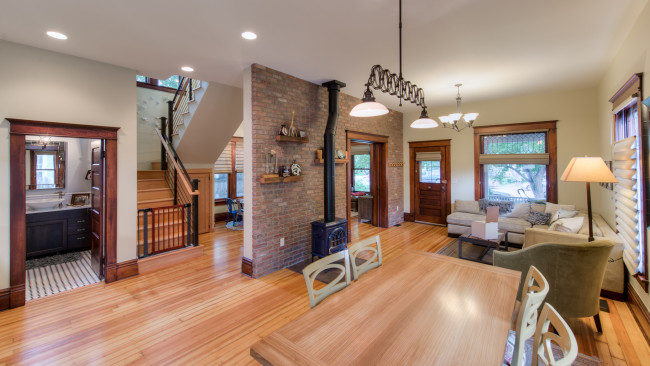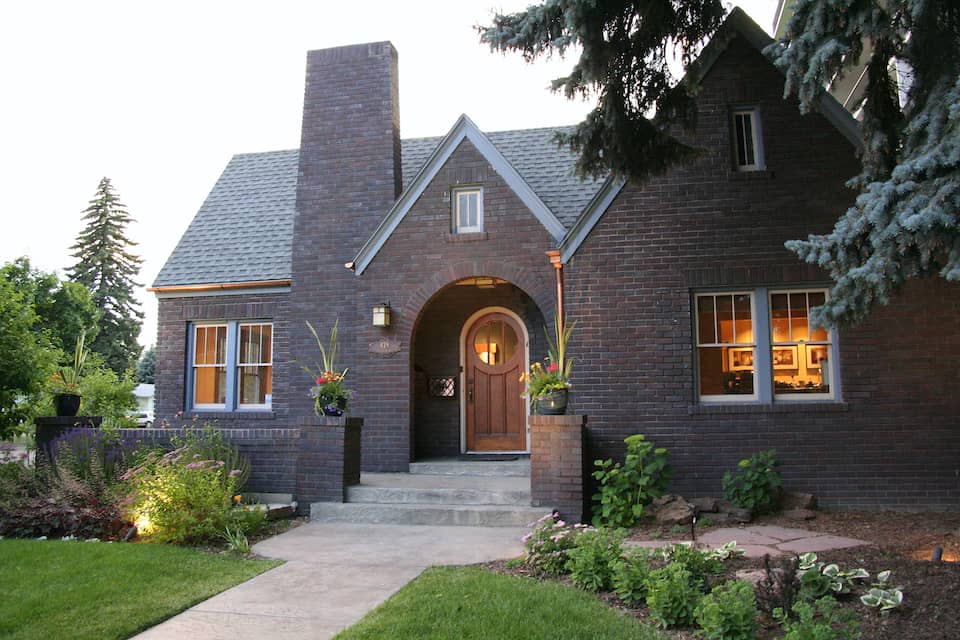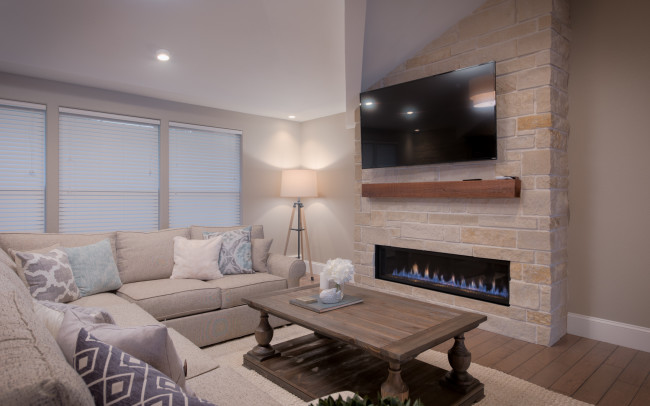 During the recent cold snap we fielded quite a few questions from homeowners about heating alternatives. If you’re thinking of firing up the old wood-burning stove, or installing a new natural gas fireplace, consider the following.
During the recent cold snap we fielded quite a few questions from homeowners about heating alternatives. If you’re thinking of firing up the old wood-burning stove, or installing a new natural gas fireplace, consider the following.
Fuel Pros and Cons
The most common fireplaces and free-standing heating stoves are often categorized by fuel type: gas, wood and pellet.
Natural gas fireplaces, inserts and stoves are energy efficient and relatively clean burning. They use vented fresh air for combustion and are endorsed by the American Lung Association. Although natural gas is inexpensive and the heat is as instant as the flip of a switch, naysayers point out that it’s a non-renewable resource, and they describe natural gas flames as unnaturally quiet and lacking soul.
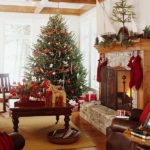 In contrast, the classic snap, crackle and pop of a dancing wood-burning flame appeals to many fireplace purists. But according to the United States Environmental Protection Agency (EPA), traditional wood-burning fireplaces produce 99 percent more particulate emissions than natural gas. Gathering and storing wood can also be a hassle, cleanup is messy and municipal wood-burning codes are restrictive.
In contrast, the classic snap, crackle and pop of a dancing wood-burning flame appeals to many fireplace purists. But according to the United States Environmental Protection Agency (EPA), traditional wood-burning fireplaces produce 99 percent more particulate emissions than natural gas. Gathering and storing wood can also be a hassle, cleanup is messy and municipal wood-burning codes are restrictive.
Pellet stoves are fairly efficient and can heat a room quickly. The fuel, made of compressed wood by-products, is easier to handle than firewood, but faces the same wood-burning restrictions mentioned above. In addition, pellet stove blower fans and fuel-feeder systems run on electricity. If the power goes out, then you’re out of luck.
Codes and Restrictions
Let’s get back to that bit about government regulations. Permits, codes and wood-burning restrictions are in place for good reason: to protect you and your neighbors.
In the City of Fort Collins, a permit is legally required to install or retrofit any fireplace or heating stove to code. People have jeopardized home closings, and have experienced shoddy installations resulting in house fires, all because they failed to pull a permit. It’s not worth it.
The City recommends that you do not burn wood. Period. If you won’t be deterred, then become familiar with the City’s wood-burning code at www.fcgov.com/airquality/wood-burning.php.
 It’s also important to note that the EPA substantially strengthened its federal clean air standards for residential wood heaters earlier this year – the first major overhaul since 1988.
It’s also important to note that the EPA substantially strengthened its federal clean air standards for residential wood heaters earlier this year – the first major overhaul since 1988.
Efficiency Myths
The two most common fireplace efficiency myths are: 1.) old wood-burning fireplaces help save on your heating bill; and, 2.) today’s gas fireplaces are purely decorative. Not true.
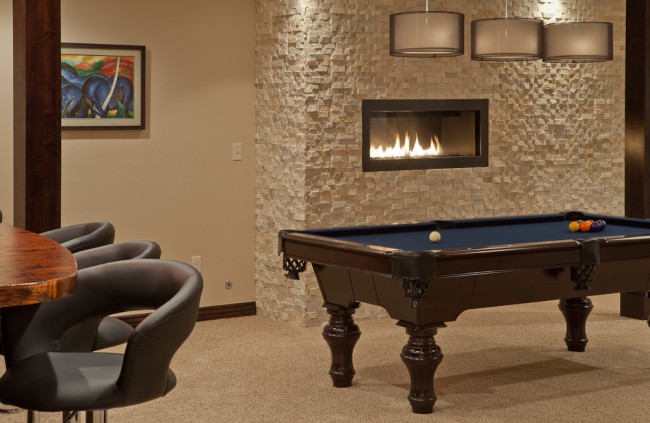 An older wood-burning fireplace is likely to produce heat by the hearth, but it cools surrounding rooms in the process. The fire draws furnace-heated air from other rooms and sends it right out the chimney. The warmed indoor air is often replaced by cold outdoor air, which is pulled into the home through cracks and old seals around windows and doors. That’s why it’s not unusual to hear the furnace kick on while an older fireplace is burning wood.
An older wood-burning fireplace is likely to produce heat by the hearth, but it cools surrounding rooms in the process. The fire draws furnace-heated air from other rooms and sends it right out the chimney. The warmed indoor air is often replaced by cold outdoor air, which is pulled into the home through cracks and old seals around windows and doors. That’s why it’s not unusual to hear the furnace kick on while an older fireplace is burning wood.
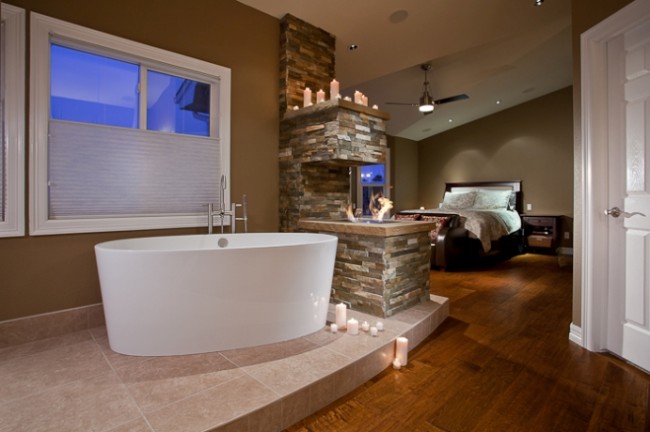
The majority of today’s direct-vent gas units are far more than decorative. In addition to looking great, they crank out serious heat that can be controlled by a thermostat to maintain an even, desired temperature.
And because they boast both form and function, natural gas fireplaces are making their way into living rooms, bedrooms, patios, kitchens, basements and bathrooms across the country.
If you’re warming up to the idea of adding or retrofitting a fireplace or stove, contact a professional fireplace retailer that has factory-trained installers and service technicians who are willing to help you navigate current codes and regulations.
The City of Fort Collins offers air quality loans up to $3,000 to help residents convert to a gas stove or upgrade old wood-burning units. Call (970) 221-6600 to learn more.
This content originally appeared in Dwight’s and Bryan’s December 2015 Building Solutions column “What’s fueling the heated fireplace debate?” in the Fort Collins Coloradoan.
